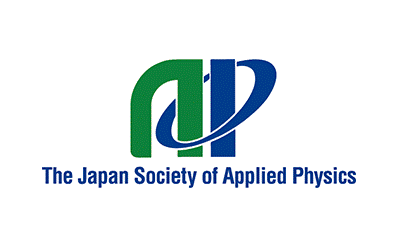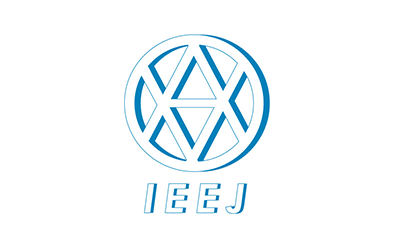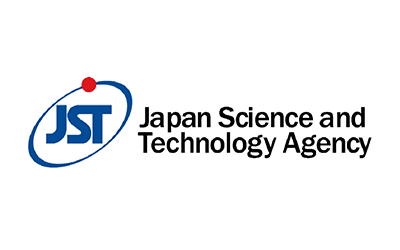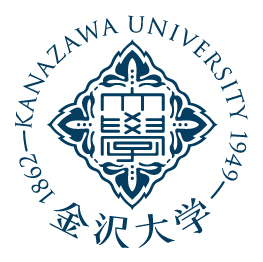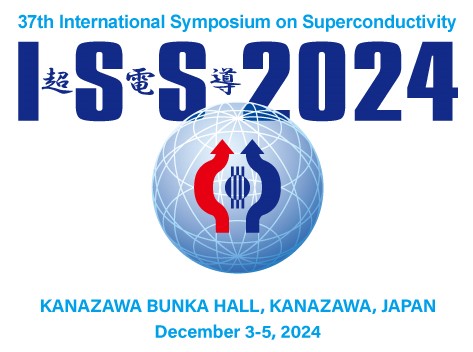The ISS Organization
The Organization of the International Symposium on Superconductivity (ISS)
General Chair
Prof. Hiroyuki Ohsaki, The University of Tokyo
The ISS-Board
Voluntary organization : The Organizer of the ISS. Approve annual ISS execution plan, annual budget management, bank account management
Chairperson of the 37th International Symposium on Superconductivity (ISS2024)
Prof. Hiroyuki Ohsaki, The University of Tokyo
International Advisory Committee
Recommend or advise the Chairperson of the annual ISS regarding candidates for plenary / invited speakers.
The committee members are appointed by the ISS.
Local Organizing Committee for the ISS2024
Developing symposium implementation plans and financial plans, selecting and arranging the venue, sending letters of commission to all committee members, applying for sponsorship to academic societies, establishing and managing the event website, sending invitations to invited speakers, requesting chairs. Sending, participation registration reception system, payment system operation, presentation reregistration, abstract and proceedings submission/peer review system operation, corporate exhibition reception, visa support for overseas participants, banquet venue arrangement and operation, student assistants arrangement, ISS Best Presentation Award support, Oral・Poster presentation venue setup, equipment arrangement, etc. The committee is made up of volunteers.
Executive Program Committee
Reviewers for abstracts submitted to the ISS. General coordinators for the symposium program. ISS Best Presentation Award Candidates Evaluators. Editorial board members for the proceedings (IOP Conf. series) The committee members are appointed by the ISS.
Program Committee
Acceptance of presentations, assembly of technical sessions, selection of session-chairs. Scoring of ISS Best Presentation Awards. Session management, no-show reports, peer review of proceedings. The committee members are appointed by the ISS. The program committee is comprised of four separate technology areas: Physics and Chemistry (PC), Electronic Devices (ED), Wire and Bulk (WB), and Large Scale Applications (AP).
Supported by

